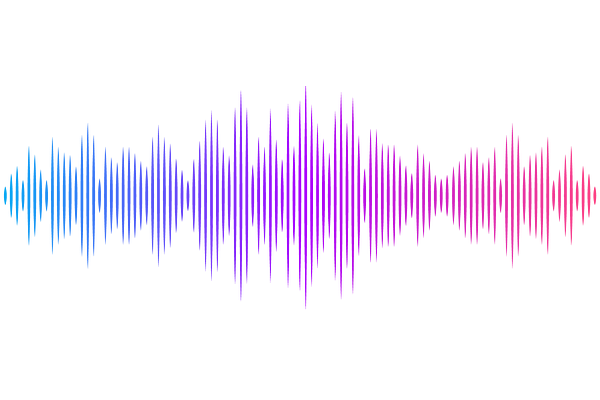High efficiency organoid-derived cyst cultures as a drug discovery platform for polycystic kidney disease

High efficiency organoid-derived cyst cultures as a drug discovery platform for polycystic kidney disease
Vanichapol, T.; Wangford, R.; Takemoto, M.; Uesugi, M.; Davidson, A. J.; Sander, V.
AbstractAutosomal dominant polycystic kidney disease (ADPKD) causes the slow, progressive formation of fluid-filled cysts within the kidney that ultimately leads to renal failure. Despite being the most common genetic kidney disease, the range of therapies for ADPKD is limited. Ureteric bud (UB) organoids derived from human pluripotent stem cells (hPSCs) have been used to model ADPKD. Here, we describe a protocol to generate UB organoids in large-scale suspension culture that is amenable to drug discovery. When differentiated from PKD2-deficient hPSCs, the UB organoids robustly form cysts within 7 days and reach nearly 100% cyst efficiency within ~20 days. Cystic UB organoids express ADPKD markers and are responsive to cyst-reducing compounds, such as the BET inhibitor JQ1 and the NF-{kappa}B inhibitor QNZ, but not tolvaptan. As proof-of-principle of the platform as a drug discovery tool, we screened a small molecule library comprised of nutrient conjugates and identified M1, a palmitate- glucosamine-glycine conjugate, that reduced cyst formation. These results demonstrate that our scalable method of cystic UB organoid production provides a simple and highly efficient platform for ADPKD drug discovery.